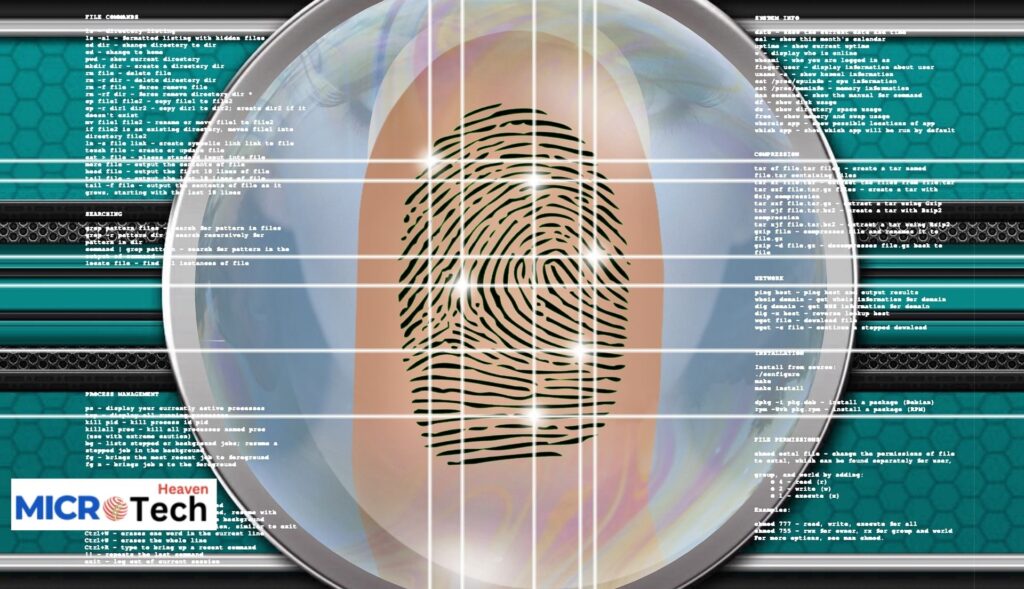Index
- Introduction
- What is Biometric Authentication?
- Importance of Biometric Authentication in Healthcare
- How Biometric Authentication Works
- Types of Biometric Authentication
- 5.1 Fingerprint Recognition
- 5.2 Facial Recognition
- 5.3 Iris Recognition
- 5.4 Voice Recognition
- Benefits of Biometric Authentication in Healthcare
- Challenges and Concerns
- Future of Biometric Authentication in Healthcare
- Conclusion
- FAQs
Introduction
In today’s world, keeping our personal information safe is more important than ever, especially in healthcare. With the rise of technology, biometric authentication has become a popular way to secure sensitive health data. This article will explore what biometric authentication is, why it matters in healthcare, and how it works.
What is Biometric Authentication?
Biometric authentication is a security process that uses unique physical characteristics to verify a person’s identity. Instead of relying on passwords or PINs, biometric systems use traits like fingerprints, facial features, or even voice patterns to confirm who you are. Imagine you walk into a hospital and instead of showing your ID or entering a password, you simply place your finger on a scanner or smile at a camera. This technology makes it easier and safer to access your medical records and receive care.
Importance of Biometric Authentication in Healthcare
The healthcare industry deals with a lot of sensitive information, such as medical histories, treatment plans, and personal identification details. Protecting this data is crucial for both patients and healthcare providers. Biometric authentication offers several advantages:
- Enhanced Security: It is much harder for someone to fake their fingerprint or face than it is to guess a password.
- Improved Patient Experience: Patients can access their information quickly without needing to remember complex passwords.
- Reduced Fraud: It helps prevent identity theft and ensures that only authorized individuals can access medical records.
How Biometric Authentication Works
Biometric authentication systems work by capturing a person’s unique traits and comparing them to stored data. Here’s a simple step-by-step guide on how it typically works:
- Enrollment: When you first use a biometric system, it captures your unique trait (like your fingerprint) and stores it in a secure database.
- Capture: When you want to access the system again, the scanner captures your trait again.
- Comparison: The system compares the new capture with the stored data.
- Verification: If the two match, you are granted access; if not, access is denied.
This process happens quickly—often within seconds—making it convenient for users.

Types of Biometric Authentication
There are several types of biometric authentication used in healthcare:
5.1 Fingerprint Recognition
One of the most common forms of biometric authentication is fingerprint recognition. It scans the unique patterns on your fingertip to verify your identity.
- Example: Hospitals may use fingerprint scanners for staff to clock in or for patients to access their medical records.
5.2 Facial Recognition
Facial recognition technology analyzes facial features and compares them to stored images.
- Example: Some clinics use facial recognition at check-in kiosks to identify patients quickly.
5.3 Iris Recognition
Iris recognition scans the unique patterns in the colored part of your eye (the iris).
- Example: Some high-security areas in hospitals may use iris scanners for staff access.
5.4 Voice Recognition
Voice recognition technology analyzes the unique characteristics of your voice.
- Example: Telehealth services may use voice recognition for secure patient verification during phone consultations.
Benefits of Biometric Authentication in Healthcare
Biometric authentication offers numerous benefits that can significantly improve healthcare systems:
- Convenience: Patients can quickly verify their identity without needing to remember passwords.
- Accuracy: Biometric traits are unique to each individual, reducing the chances of errors compared to traditional methods.
- Efficiency: Streamlining patient check-ins and record access speeds up processes in busy healthcare settings.
- Cost Savings: Reducing fraud and improving security can lead to lower costs for healthcare providers over time.
Challenges and Concerns
While biometric authentication has many benefits, some challenges and concerns need addressing:
- Privacy Issues: Patients may worry about how their biometric data is stored and used.
- Data Breaches: If a biometric database is hacked, it could lead to serious privacy violations since biometric traits cannot be changed like passwords.
- Implementation Costs: Setting up biometric systems can be expensive for healthcare facilities, especially smaller ones.
- User Acceptance: Some patients may be hesitant to use biometric systems due to unfamiliarity or concerns about technology.
Future of Biometric Authentication in Healthcare
As technology continues to advance, we can expect biometric authentication to become even more prevalent in healthcare settings. Innovations such as mobile biometrics (using smartphones for authentication) and multi-factor biometrics (combining different types) will likely enhance security further. Additionally, as patients become more comfortable with technology, acceptance of biometric systems will grow, leading to improved patient experiences and security measures across the board.
Conclusion
Biometric authentication represents an exciting step forward in securing sensitive health information while improving patient experiences in healthcare settings. By using unique physical traits for identification, healthcare providers can enhance security, reduce fraud, and streamline processes—all while ensuring that patients feel confident about their privacy.As we move into the future, embracing this technology will be crucial for maintaining trust between patients and providers while adapting to an increasingly digital world.
FAQs
- What is biometric authentication?
Biometric authentication is a security method that uses unique physical characteristics like fingerprints or facial features to verify identity. - Why is it important in healthcare?
It helps protect sensitive patient information from unauthorized access while making it easier for patients to receive care quickly. - What are some types of biometric authentication?
Common types include fingerprint recognition, facial recognition, iris recognition, and voice recognition. - What challenges does biometric authentication face?
Challenges include privacy concerns, potential data breaches, implementation costs, and user acceptance issues.


